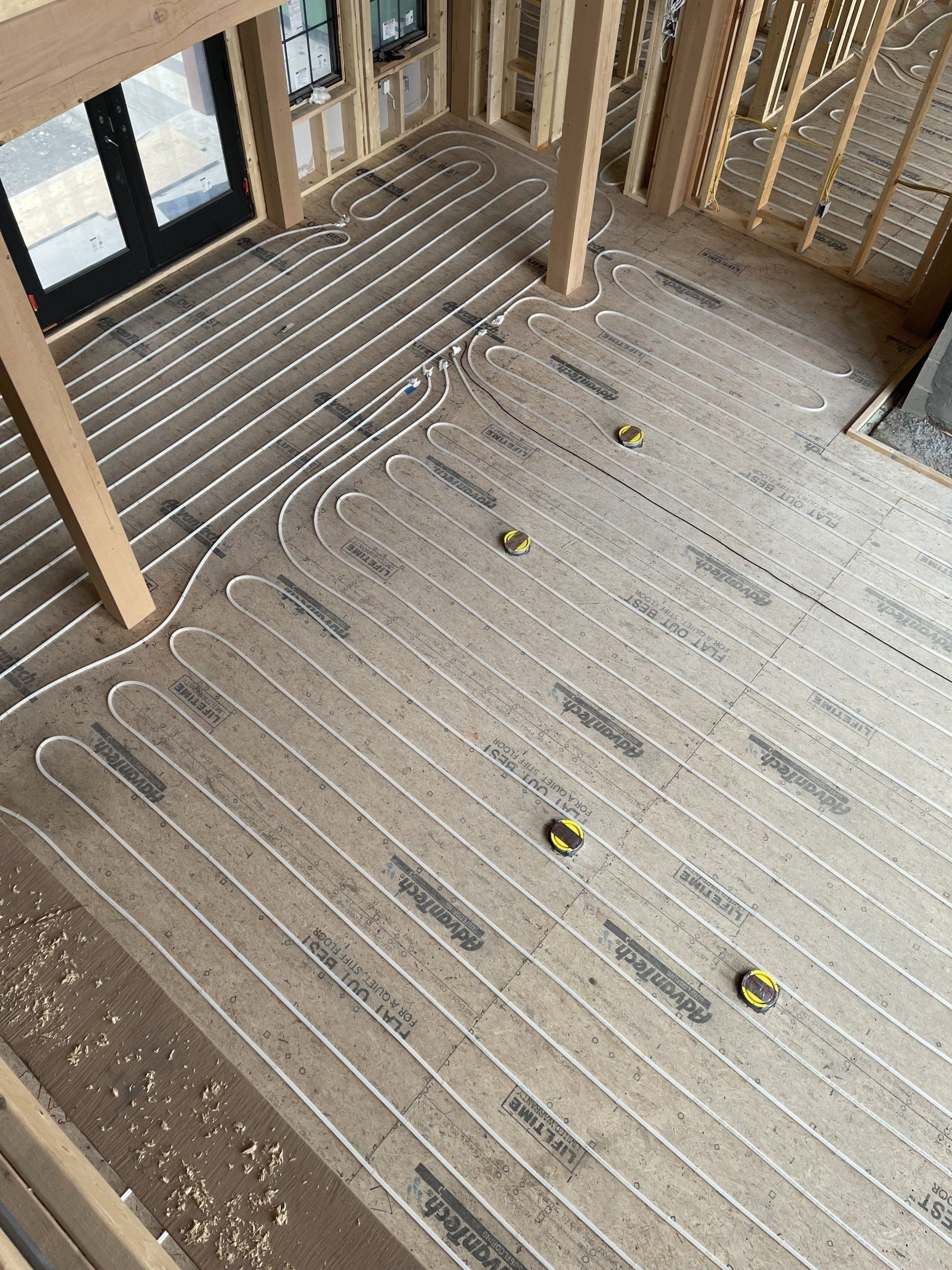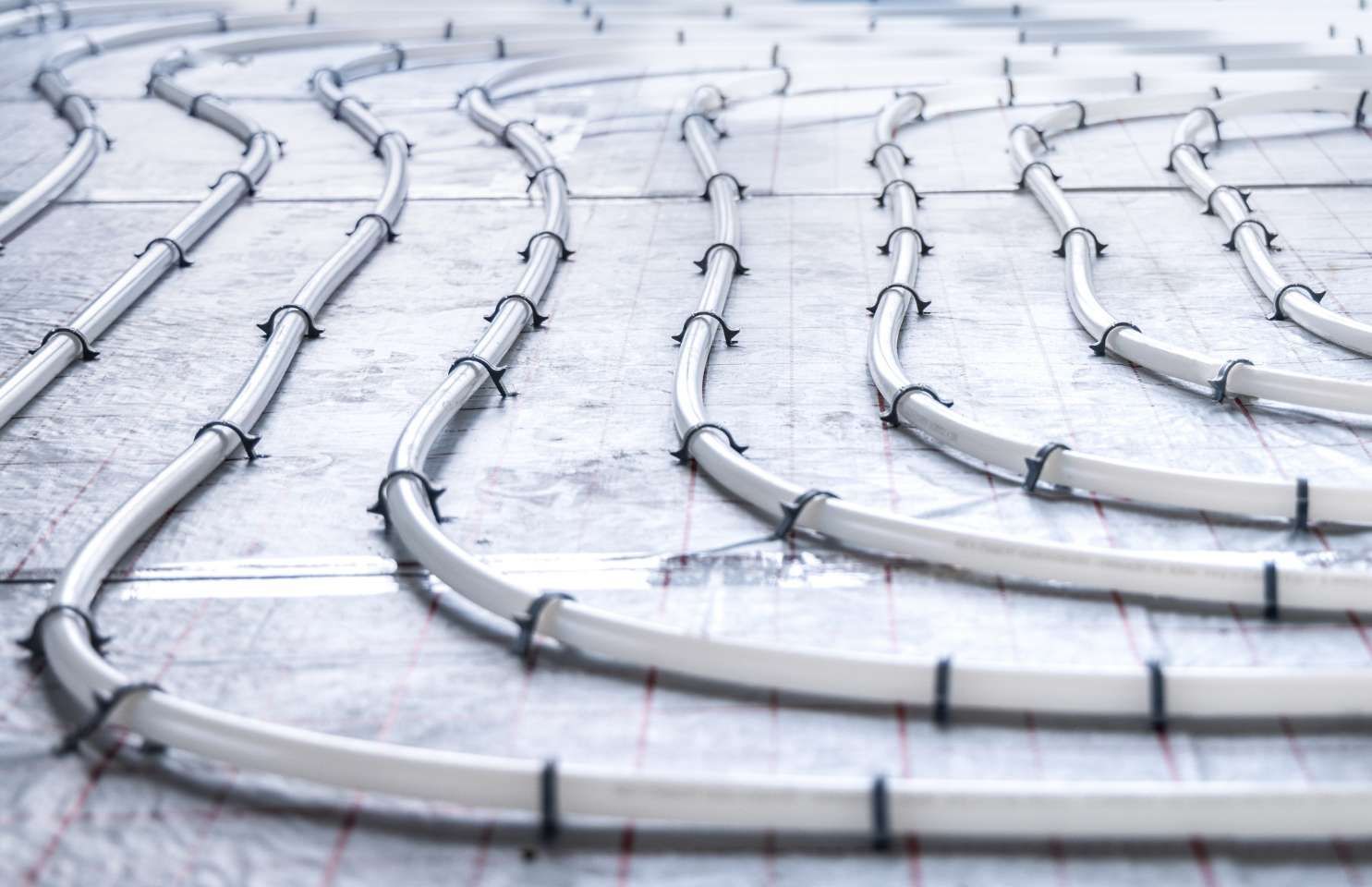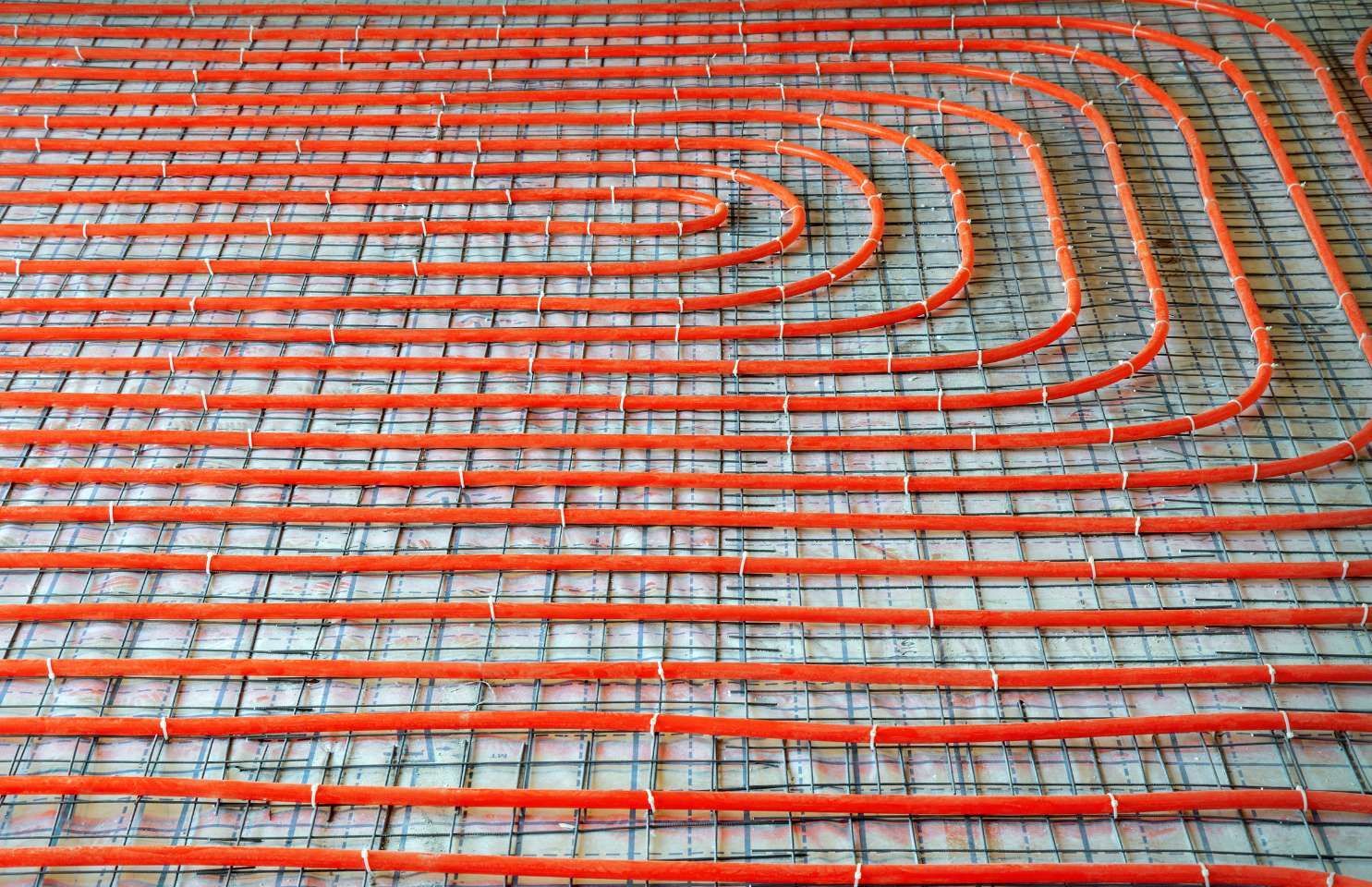Hydronic Radiant Floor Heating: Fact vs. Fiction in Home Heating Myths
October 12, 2023
Heating your home efficiently and comfortably is a top priority, especially during the cold winter months. As technology and heating systems evolve, it's essential to separate fact from fiction when it comes to home heating myths. In this comprehensive guide, we'll debunk common misconceptions and clarify the facts about hydronic radiant floor heating, a system known for its efficiency and comfort.
Myth 1: Hydronic Systems Are Expensive to Install
Fact: While it's true that the initial installation cost of hydronic radiant floor heating may be higher than some other heating options, it's essential to consider the long-term benefits and savings. The efficiency of hydronic systems can lead to significant energy savings over time, reducing your utility bills. Additionally, the increased comfort and potential increase in the resale value of your home can offset the upfront cost.
Myth 2: Radiant Floor Heating Is Inefficient
Myth 3: Radiant Floor Heating Takes Forever to Warm Up
Myth 4: Radiant Floor Heating Is Only Suitable for New Construction
Myth 5: Radiant Floor Heating Is Incompatible with Certain Flooring Types
Myth 6: Radiant Floor Heating Is Susceptible to Leaks and Water Damage
Myth 7: Radiant Floor Heating Is Not Compatible with Other Heating Systems
Myth 8: Radiant Floor Heating Is Not Energy-Efficient in Mild Climates
Myth 9: Radiant Floor Heating Requires Extensive Maintenance
Myth 10: Radiant Floor Heating Is Not Suitable for All Rooms
In conclusion, hydronic radiant floor heating is a highly efficient and comfortable heating option that dispels common myths. It offers numerous advantages, including energy efficiency, even heat distribution, and compatibility with various flooring types. Whether you're building a new home or considering a retrofit, hydronic radiant floor heating is a versatile and reliable choice for achieving optimal comfort and efficiency in your home.
Contact
a heating professional at All Island Radiant for more information, today!

Radiant floor heating promises a cozy and luxurious environment, turning chilly spaces into havens of comfort. But before you start this transformative journey, a crucial question looms: which floors are the perfect partners for your radiant heating system? This guide will illuminate the path to optimal warmth and happy feet!
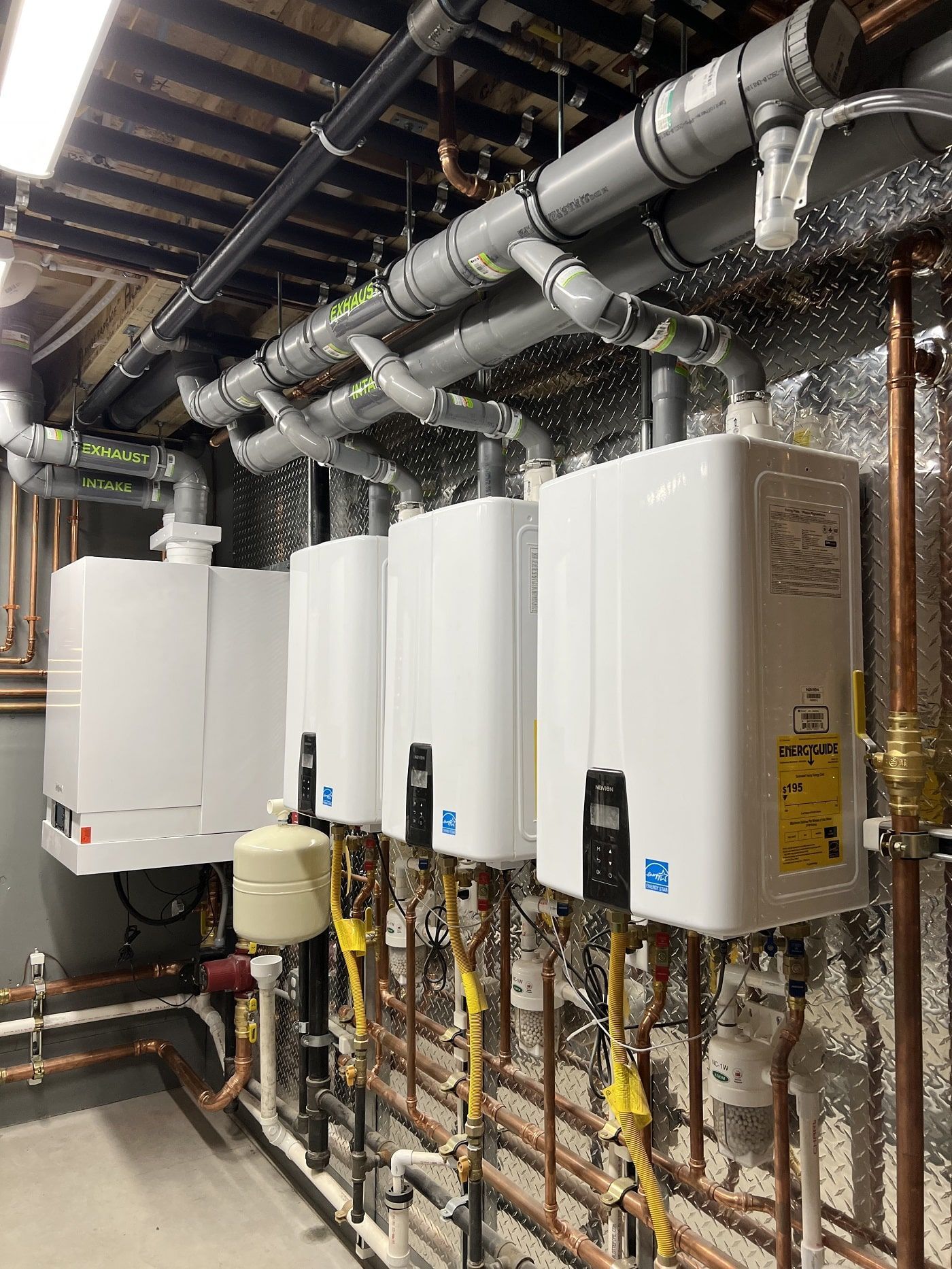
In the cozy world of home heating, comfort is king. But underneath the surface of your floors or walls lies a technology that goes beyond a quick blast of warmth - radiant heating . These invisible workhorses promise not just comfort, but longevity too. So, when you invest in a radiant heating system, are you investing in a lifelong companion or a fleeting fling? Here we will unveil how long Radiant Heating Systems truly last.
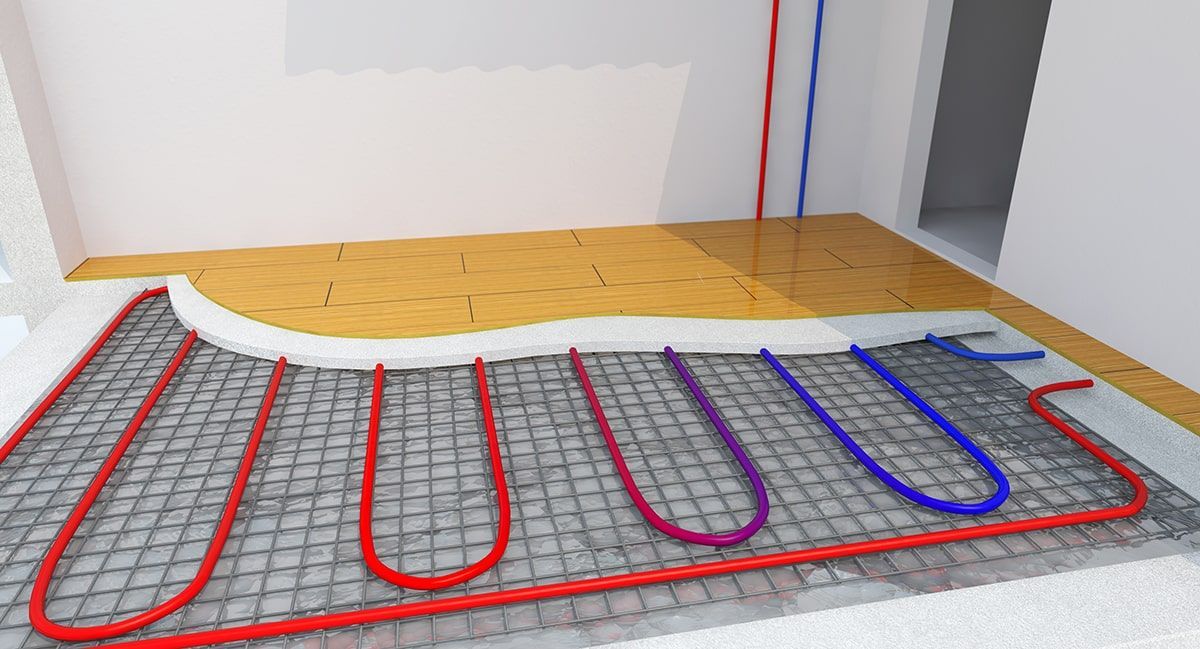
Winter in many regions paints a wonderful landscape, but for business owners, it can be a season of headaches and lost revenue. Snow-covered parking lots, icy walkways, and treacherous sidewalks can deter customers, endanger employees, and disrupt operations. Thankfully, there's a solution that melts away winter's woes: commercial snow melt systems .
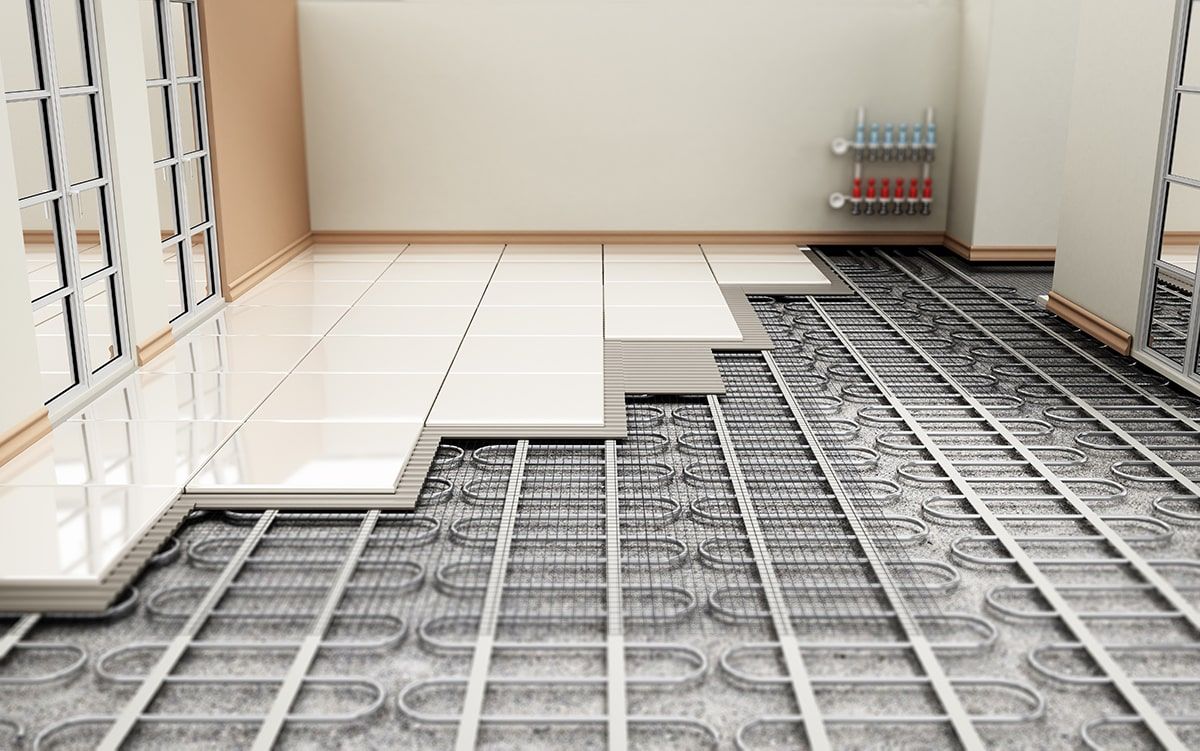
As winter's icy grip tightens, the quest for warmth intensifies. While traditional forced-air systems might leave you battling dry air and uneven temperatures, a hidden hero emerges; hydronic heating . This intriguing technology promises cozy comfort and unmatched efficiency. But what exactly is hydronic heating, and how does it stack up against its air-based counterparts? Buckle up, heat seekers, as we delve into the fascinating world of hydronic heating!
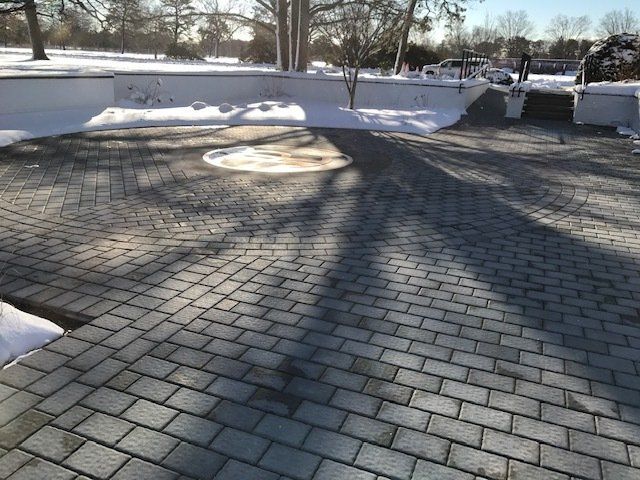
Long Islanders know all too well the challenges of winter. Snowfall can bring picturesque landscapes, but keeping driveways clear and safe is a constant battle. Shoveling becomes a backbreaking chore, snowblowers leave mountains of icy remnants, and treacherous black ice lurks beneath pristine snowdrifts. Fortunately, technology offers a solution: heated driveway systems . These innovative systems melt snow automatically, keeping your driveway free of ice and snow, and making winter mornings a breeze. But with various options available, choosing the right heated driveway solution for your Long Island home can be overwhelming.
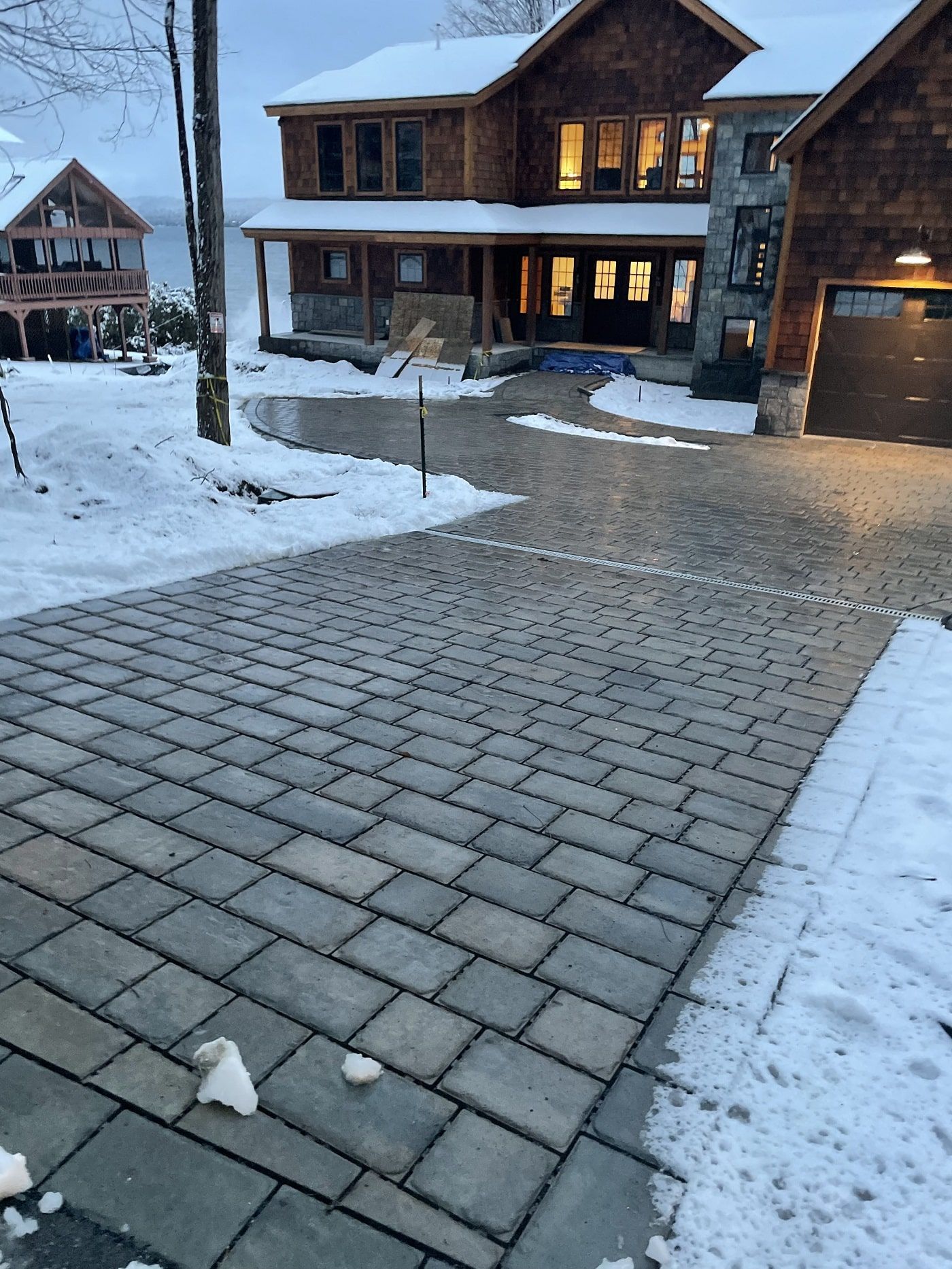
Living in areas with heavy snowfall, you know the struggle of clearing driveways. Shoveling is backbreaking, snowblowers are noisy and heavy, and ice can linger dangerously. Driveway snow melt systems offer a tempting solution, promising clear paths and warmer days. But before you invest, it's crucial to weigh the pros and cons of these systems. Here, you can check the Pros and Cons of Snow Melting Heating Systems:
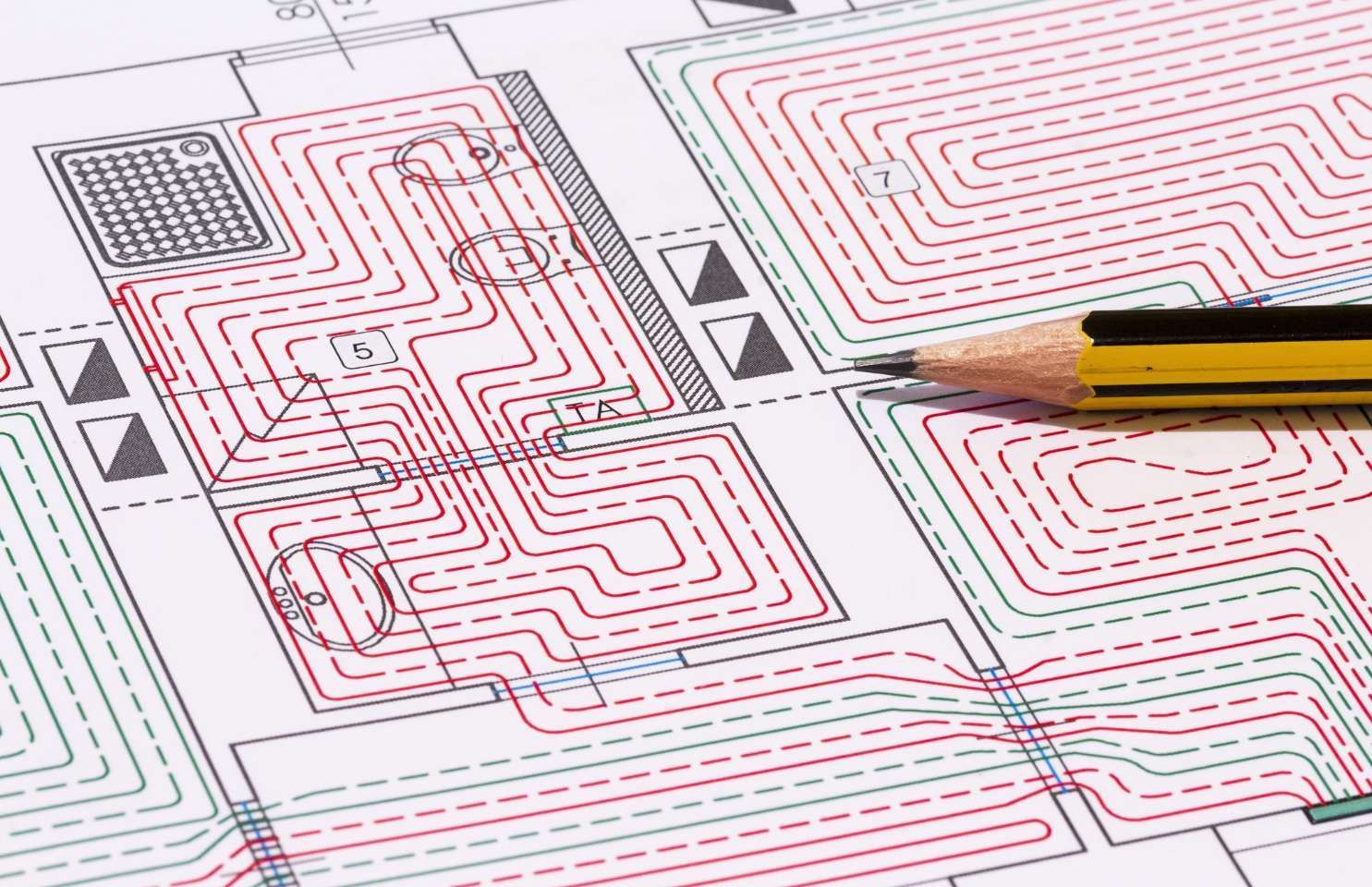
When it comes to creating comfortable and efficient workspaces, heating plays a crucial role. Commercial properties, such as office buildings, warehouses, and retail spaces, require heating systems that not only provide warmth but also contribute to a productive and comfortable environment. In this comprehensive guide, we'll explore the ultimate solution for elevating commercial spaces: commercial radiant floor heating systems.

